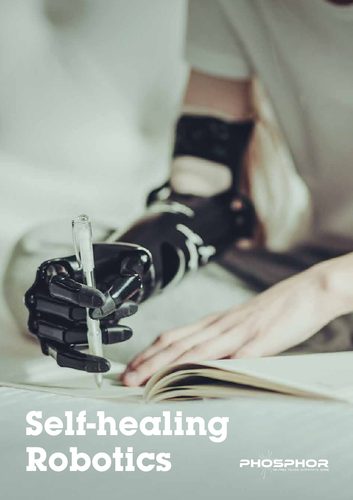
Quickly engage your children with important scientific issues that affect their daily life such as the environment, climate change and health.
We provide all the tools to bring science to life, contextualising learning through illustrated articles and worksheets. Our materials allow you to quickly engage children with important issues that affect their daily life such as the environment, climate change and health. Our resources are developed to boost scientific literacy, increase science vocabulary and promote independent learning.
For more FREE Phosphor resources to engage your students in current scientific issues:
https://phosphorescience.com/resource-subscription/
Self-healing robotics
Artificial limbs, also called prosthetics, are getting more and more like real human body parts. Engineers have created an artificial arm that connects to the wearer’s brain and allows them to move it just like a real arm. The development of materials that act like skin means that prosthetics of the future will become even more realistic.
Human arms are complicated structures made out of lots of different tissues that each perform a different job.The bones form the structure. Muscles attached to the bones change length to move them and a layer of skin wraps around everything.You might think that the skin is just a covering for the arm, something that holds everything else inside. But your skin is more than that. It contains receptors that can detect heat, pain and pressure. It is waterproof and self-healing. If you cut your skin, it repairs itself.
Something went wrong, please try again later.
This resource hasn't been reviewed yet
To ensure quality for our reviews, only customers who have purchased this resource can review it
Report this resourceto let us know if it violates our terms and conditions.
Our customer service team will review your report and will be in touch.
